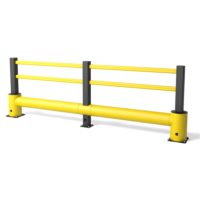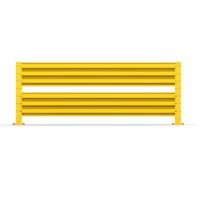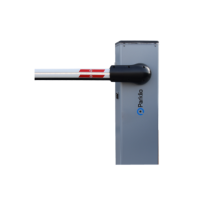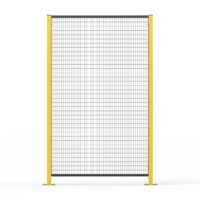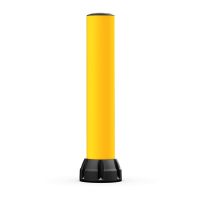1. Make sure safety equipment is accessible, and safety procedures are practiced
Just having adequate safety equipment is not enough. You also need to make sure that your safety equipment is easy to find, and easily accessible when you need it. Keep a list of safety equipment you have on site and develop a list of incidents that might call for them. Where and when might those incidents occur? Will the necessary safety equipment be readily available in those situations? You should also establish a schedule to periodically inspect every piece of safety equipment in your workplace, check any expiry dates and test functionality. Thinking ahead is the key here – everything you consider ahead of time is something you don’t have to make a snap decision about in a crisis moment.
2. Ensure tools and equipment are functional and properly maintained
Equipment failure is a leading cause of workplace injury. That’s why scheduling regular maintenance inspections for all your equipment is both necessary and practical. Heading off equipment failure before it occurs not only keeps your workers safe, but prevents lapses in production. Also, ensure that workers are trained to use equipment and machinery properly, as misuse of equipment as likely to cause injury as equipment failure.
3. Identify and mark potential hazards
Your workplace will never be entirely free of hazards, but by identifying and marking hazards you can minimise the risk of injury to your workers. Locate areas where workers might be at risk of slips or trips, mark them with signs, and consider drip pans or absorbent mats. Suppress fire hazards where possible, but also make sure your fire extinguishers are well positioned for fire-prone areas. Make sure hazardous materials are labelled, and areas where they may be handled are marked.
4. Workers are focused, motivated, and given adequate break time
Your workplace safety will depend on your workers’ ability to conduct their work properly and focus on proper safety procedures. This requires that your workers be well rested. Regular break times and access to drinking water may seem simple solutions for a safer workplace, but they can pay major dividends. Do what you need to do in order to keep your employees at the top of their game. Sharp wits and high morale make accidents far less likely.
5. Areas of heavy machinery traffic are barricaded from walkways
Heavy mobile machinery presents a significant safety risk. Areas of heavy machinery traffic are often best kept separate from the foot traffic in your workplace, so issues such as forklift safety can best be solved with sturdy barriers that eliminate ambiguity, and keep your pedestrian workers safe from potential equipment failures and operational errors.
Invest in the safety of your workplace
Nothing shows your employees that you care for their wellbeing quite like investing in the safety of their working environment. For the latest in barrier safety, look no further than the hazard and risk management specialists at DexSafe. Don’t wait. Contact DexSafe today to arrange a consultation.
 Safety is the most important priority in any workplace, but workplace safety doesn’t happen on its own. It requires preparation and practice, just like anything else. Developing safety procedures, investing in safety equipment, and training and practicing safe work practices all add up to create a secure environment, high morale, low turnover, maximum production, and most of all, safe and healthy employees.
Safety is the most important priority in any workplace, but workplace safety doesn’t happen on its own. It requires preparation and practice, just like anything else. Developing safety procedures, investing in safety equipment, and training and practicing safe work practices all add up to create a secure environment, high morale, low turnover, maximum production, and most of all, safe and healthy employees.
